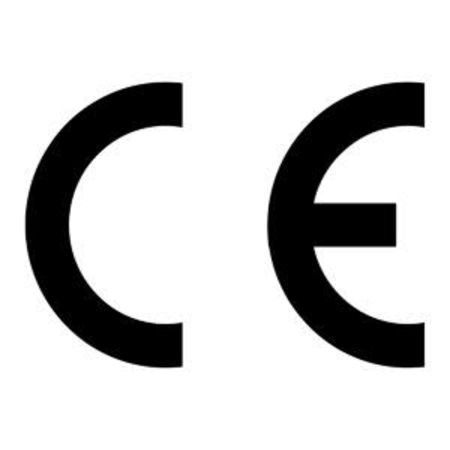The In Vitro Diagnostic Devices Regulation 2017/746 (IVDR) was passed by the European Union back in April 2017 to address concerns surrounding patient safety and transparency since an estimated 70% of clinical decisions revolve around in vitro diagnostic devices.
Major changes from the old regulation include greater third-party oversight required by notified bodies, clinical evidence demonstrating performance, post-market surveillance and traceability, and the inclusion of language that covers connected software systems. To allow a smooth transition, a five-year period was given so that IVDR enforcement begins on 26 May 2022.
“The rules will better protect public health and patient safety in respect to these devices, bringing EU law in line with technological advances and progress in medical science,” said the European Commission.
One issue regarding the regulation’s implementation is a lack of notified body capacity to handle the incoming flood of conformity assessments needed by the new regulation. Notified bodies assigned by EU member states are responsible for assessing regulatory compliance before EU marketing approval. In a report by the European Association of Medical devices Notified Bodies (Team NB), it is stated that “There is a risk to the continuous availability of some device with expiring certificates in 2024. To avoid this risk, solutions have to be found as it will not be feasible to issue 14,063 certificates in a year.” Given that the estimated capacity for 2024 is 6,300 per year, Erik Vollebregt, a partner at Axon Lawyers, calls this lack of capacity “the elephant in the room”.
This lack of notified body capacity impacts healthcare providers in the following ways:
- Some in vitro diagnostics may become in short supply or unavailable because their marketing approval hasn’t transitioned to the new regulation and will expire. This potential supply chain disruption can hurt patient safety since critical supplies like bandages or pacemakers can be compromised.
- In-house produced devices fall under the IVDR regulation and must be approved by regulatory bodies.
Image Credit: iStock
References:
European Parliament and of the Council (2017) Regulation (EU) 2017/ 746. Official Journal of the European Union. L 117, 5.5.2017, p. 176–332
The European Association of Medical devices Notified Bodies (2021) Team-NB-MD-Survey-2021. Available from www.team-nb.org/wp-content/uploads/2022/05/Survey-2021-20220516-1.pdf
Vollebregt E (2022) Happy IVDR Day! Available from medicaldeviceslegal.com/2022/05/26/happy-ivdr-day/

























